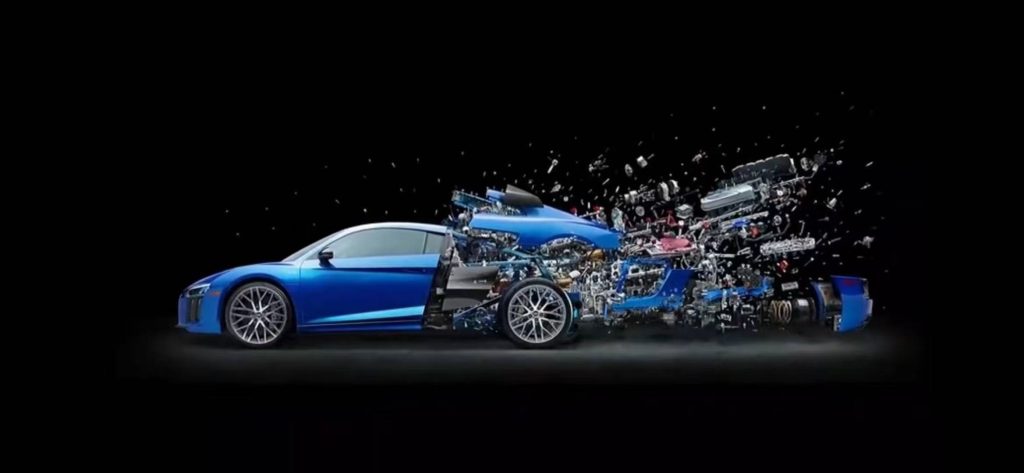Should I buy a new car or a used one?

Standing in the showroom, you may find yourself torn between the allure of that irresistible new-car smell and the temptation of a dramatically lower used-car price. This moment captures the emotional conflict that many face when deciding. Should you opt for the pristine condition and latest features of a new car, or lean towards the financial advantages of a used vehicle? Diving into this common dilemma can help you navigate the challenging decision of choosing between new and used cars.
1. New vs. Used Car Preference
Deciding whether to buy new or used involves both emotion and practicality. Skipping used cars when leaning toward a new one makes sense, since test-driving a used car might feel like settling and lead to dissatisfaction. However, also consider budget, depreciation, and reliability. For example, the average new car loses about 20% of its value in the first year, affecting long-term financial stability. On the other hand, many used cars are solid vehicles with the right checks. If undecided, prioritize cost, features, or warranty instead of rejecting used options outright. Certified pre-owned cars can offer quality close to new at a lower price. Keeping these factors in mind can make your next steps clearer.
2. Avoiding Deposits on Used Cars
With a preferred car type in mind, the next concern is dealer practices. The caution about non-refundable deposits is valid; some dealers pressure buyers into non-refundable payments, risking regret if commitments falter. This is often due to the ‘sunk-cost trap,’ a psychological effect where individuals feel compelled to continue with a decision they have already invested in, even when it is unwise. Recognizing this can help buyers pause and reassess before proceeding. Always review terms before paying and choose dealers with refundable deposits or clear conditions. If you feel rushed or uneasy, walk away. Trustworthy sellers respect your pace. Consulting friends or family can help, but your research and needs should guide the decision.
3. Budget Constraints and Car Choice
Once you’ve thought through dealer terms, budget enters the equation. Avoiding popular cars on a tight budget (e.g., $1,400–$2,800) is practical but nuanced. Older models (like early 2000s cars) may be cheap yet incur high maintenance or fuel costs, offsetting savings. Consider the total cost of ownership rather than just sticker price. For example, a $2,500 car might need $1,200 in yearly repairs, making it more expensive over the long run than a $3,500 model that costs only $400 annually to maintain. Framing your budget in terms of yearly expenses echoes the “beans-and-rice” mindset and helps you see true affordability. The “competitive spirit” note highlights how social pressure can drive unnecessary buys. For minimal use (e.g., less than a tank of gas yearly), consider car-sharing or public transport. Otherwise, opt for less popular, reliable models by checking records and getting a mechanic’s inspection.
4. Trusting Your Sixth Sense
Trusting your gut can help when buying a car.. If something doesn’t feel right, whether it’s the way the car drives, how the dealer acts, or the details of the deal, pay attention to that feeling. Often, your instincts pick up on things you might not notice right away. Still, back up your gut feeling with facts: get a vehicle history report, have a mechanic check the car, and take it for a good test drive if it’s used. Additionally, perform a quick financial gut-check by asking, ‘Does this deal leave my emergency fund untouched and my insurance affordable?’ This helps ground your feelings in numbers, empowering you to act confidently and responsibly. If a dealer is pushy or dismissive, that’s a sign to walk away and find someone who treats you with respect.
